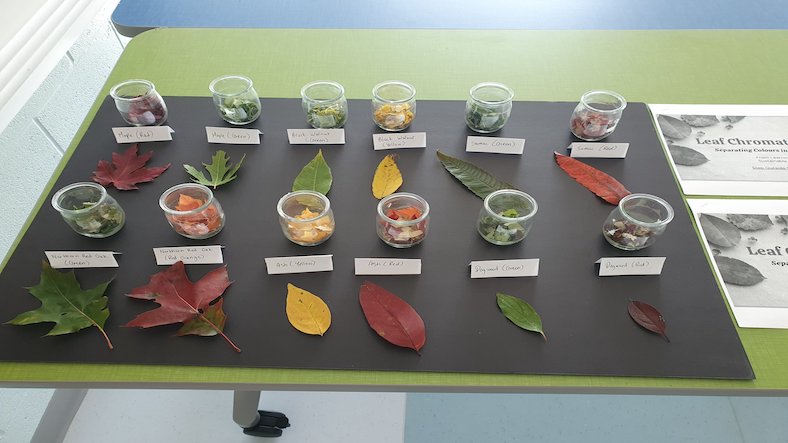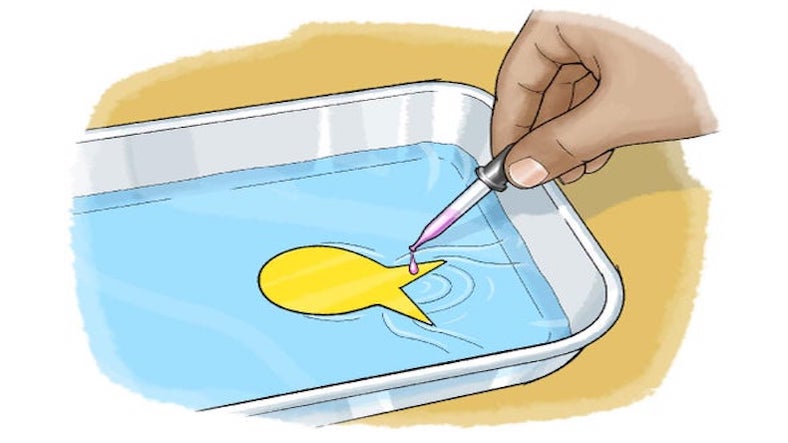Leaf chromatography is a simple and fascinating experiment that introduces children to the concept of chromatography, which separates different pigments in leaves.
Here's a step-by-step guide:
Materials:
- Fresh green leaves (different types if possible)
- Coffee filters or chromatography paper
- Pencil
- Small glasses or jars
- Rubbing alcohol or isopropyl alcohol
- Water
- Tape
- Small weights or paperclips
Procedure:
- Gather fresh green leaves from different plants. Choose leaves with distinct colors and patterns.
- Cut the coffee filters or chromatography paper into strips, about 1 inch wide and 3-4 inches long.
- Use a pencil to draw a horizontal line near the bottom of each strip, about 1 cm from the edge.
- Crush or tear small pieces of the leaves and rub them along the pencil line on the chromatography paper. Ensure that the pigments from the leaves transfer onto the paper.
- Create the Chromatogram:
- Pour a small amount of rubbing alcohol into the glasses or jars, about 1/4 inch deep.
- Place each chromatography strip into a glass or jar, making sure the pencil line is above the level of the liquid.
- Use tape to secure the top of the paper to a pencil or stick, ensuring that the paper doesn't touch the liquid.
- As the rubbing alcohol moves up the paper, it carries the leaf pigments with it. Watch as the pigments separate and create a pattern on the paper.
- After some time (typically 20-30 minutes), remove the paper strips from the glasses. Observe and document the patterns and colors of the separated pigments.
Discussion Points:
- Explain that chromatography separates pigments based on their solubility in the solvent (rubbing alcohol).
- Discuss the different colors and patterns observed on the chromatography paper. Each color represents a different plant pigment (chlorophyll, carotenoids, etc.).
- Relate the experiment to how plants adapt to their environments with different pigments for photosynthesis.
- Mention real-world applications of chromatography, such as in forensic science and chemistry.
Tips:
- Encourage children to use leaves from various plants to compare the pigments.
- Experiment with different solvents to see if they affect the separation of pigments.
This experiment provides a hands-on experience for children to understand the principles of chromatography and explore the vibrant world of plant pigments.
Thanks for reading the article, for more Science & Technology related articles read and subscribe to peoples blog articles.















